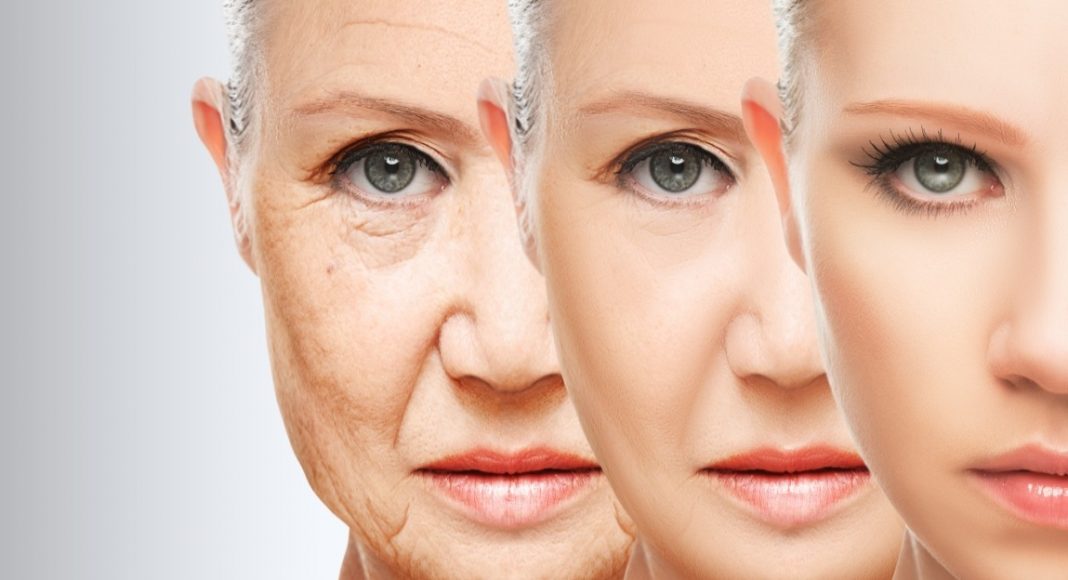As we know every woman likes to take care of their skin and beauty. A war is going on in the country nowadays. If you really monitor some activities of the women, you will be able to find that every day in the bathroom chambers of dermatologists’, women are scrubbing, rubbing, lasering, and peeling off their face in the hope that they might get a good younger skin than before by healing the right amount of damage they had on their skins. But the skincare experts are calling for a truce because finally, we understand that in order to have youthful and glowing skin, you need strong repaired skin first. No doubt that you can go through the process of exfoliation and laser therapy in order to improve your skin. Santa Monica dermatologist Karyn Grossman said,” evidently, this doesn’t signify you should in no way exfoliate or gaze at lasers to help develop your skin.” They advised that people need to find a careful balance to strengthen their skin in smart and comfortable ways. So it’s time for all women to put down their weapons and choose four smart ways in order to get the healthiest and most beautiful skin ever.
1. Create the barriers
Skin happens to be an important part of our body. Not only does our skin protect everything inside but also plays an important role in suffering from what is going outside, says Geoffrey Genesky, Head of Kiehl’s Skin Care Laboratory in New York. He says elements like sun, smoke, wind, pollution and many other elements take a toll on how skin functions and looks. Physician Philippe Allouche, Head of creation, innovation, and research at cult skin-care favorite Biologique Recherche says, if that barrier is damaged then the skin will appear to be dry and dull, rough, and more prone to irritation, sun damage, premature aging, and bacteria as well. Moreover, he adds, “And popular laser and peeling treatments may further break down an already weak skin barrier.
In this case, powerful antioxidants are your best bet in order to safeguard the barrier. Dermatologist Elizabeth Hale, a co-founder of CompleteSkinMD in New York makes clear that “Antioxidants search free radicals produced for the duration of exposure; when liberated radicals dig up into the skin, they assault elastin and collagen.” Charlene DeHaven, a medical Director of Innovative Skincare also concluded that about 85% of skin’s free radical comes from the sun.
Hence, to be protected and to make up things, the use of those products which contain a mixture of antioxidants is highly recommended, says DeHaven, including fat-soluble ones like Vitamin A and Vitamin E and also water-soluble ones like vitamin C as both types nourish different parts of a skin cell. In case of aging issues, Vitamin A becomes a perennial dermatologist pick most times. Benjamin Fuchs, a skincare chemist in Colorado, Boulder, and initiator of Truth Skin Health Products says,” Vitamin A makes its way down into the subsequent level of the skin-the dermis-where it can stimulate fibroblasts to produce collagen, which builds up the skin”.
Hale says that in order to get optimal results, we can apply antioxidants that are rich in tropical every morning and evening just after cleansing. Serums that are most suitable for all types of skin absorb very quickly and those often contain the highest concentrations of active ingredients. According to Hale, it is proved and revealed by recent research that after prolonged exposure to the sun, antioxidants must be applied or used immediately. “Studies have revealed that damage continues to occur for six hours after sun exposure,” she adds.
2. Raise and fix
It is not enough to protect your skin from daily life or keep it plump-looking. But insensible and smart to give your skin what it needs to grow from the inside out. Thus Grossman says that ingredients like peptides and growth factors that stimulate collagen factors are so promising. After a recent study, it is found that the application of a growth factor twice daily was able to significantly reduce under-eye bags after only three months.
The growing body of research on DNA repair enzymes is even more exciting. Beverly Hills, and the Dermatologist Ronald Moy, architect of DNAEGF Renewal Skincare say, “Each of us already has these enzymes inside of our body.” Sadly, at around the age of 30 years, the levels start to decline. Moy says that the new studies it is found that the use of topical products which include DNA repair enzymes can actually reverse some of the effects of damages caused by sun exposure to prevent pre-cancers as well as helps in thicken skin by limiting the improvement of collagenase, an enzyme that degrades collagen.
3. A good foundation is a must
It’s unusual to ask any doctor or any skin expert to describe what keeps tissue supple. But if you ask, then he will start using loud and yammering about mortar and bricks. The analogy is such that, the epidermis is made of cells (called a.k.a. bricks) and fat between them (called a.k.a. mortar). The mortar may be defined as the glue in simple words that holds the whole “wall” together. Your skin is bouncy and resilient when this wall is intact says Harold Lancer, a dermatologist in Beverly Hills. But due to environmental factors or even poor diet or due to lack of moisturizing skin-care products when there is not enough mortar the wall will become inflexible which will result in making the skin barrier to be weakened says Keshan Gunasinghe, associate administrator of international face research and development for Neutrogena.
In order to rehydrate the skin and repair those spaces between the cells, we need a combination of lipids, says Hale. It is important to nourish your skin via dietary sources such as salmon and other fatty fish, but products with moisturizing ingredients like shea butter, fatty acid-rich botanical oils, and ceramides are really needed, adds Gunasinghe. A fact is that potent humectants like hyaluronic acid can hold 1,000 times their weight in water.
4. Balance is everything
Nowadays, the concept of pH continues to gain a lot of attention notably in the arena of diet through promoters touting the advantages of ingesting foods that are more alkaline than acid (on the pH scale, 7 is neutral). As much as your skin covering is concerned, though the contrary is true. Marisa Vara Arredondo, the founder of Phace Bioactive, a line of pH-optimized skincare says, “Your covering is naturally acidic, and has a pH of 4.4 to 5.6″. She is talking about the acid mantle, which is a thin layer of the skin, one that works as a built-in antioxidant, protecting the underlying skin from environmental factors like wind and sun and inhibiting the bacterial escalation that leads to blemishes and inflammation. But when you use soap and cleansers which are too alkaline may be harsh and stripping-you tear down your skin’s own defense system and make it harder and more complicated for the other products you are using to do their job. In fact, in a study in 2010 in the British Journal of Dermatology that tracked women’s skin over a period of eight years, it is found that those with alkaline skin have the propensity to have more excellent lines in contrast with those with acidic skin.
You must not worry if the pH level is not mentioned on your favorite cleaner or cream. There is an easy way to find that the product you are using is too alkaline or not is to gauge how it feels immediately after cleansing, says Hale. She also notes that the worst culprits are often soaps, not moisturizers. “Products which are too harsh can leave your skin feeling stripped and almost squeaky-clean.”


